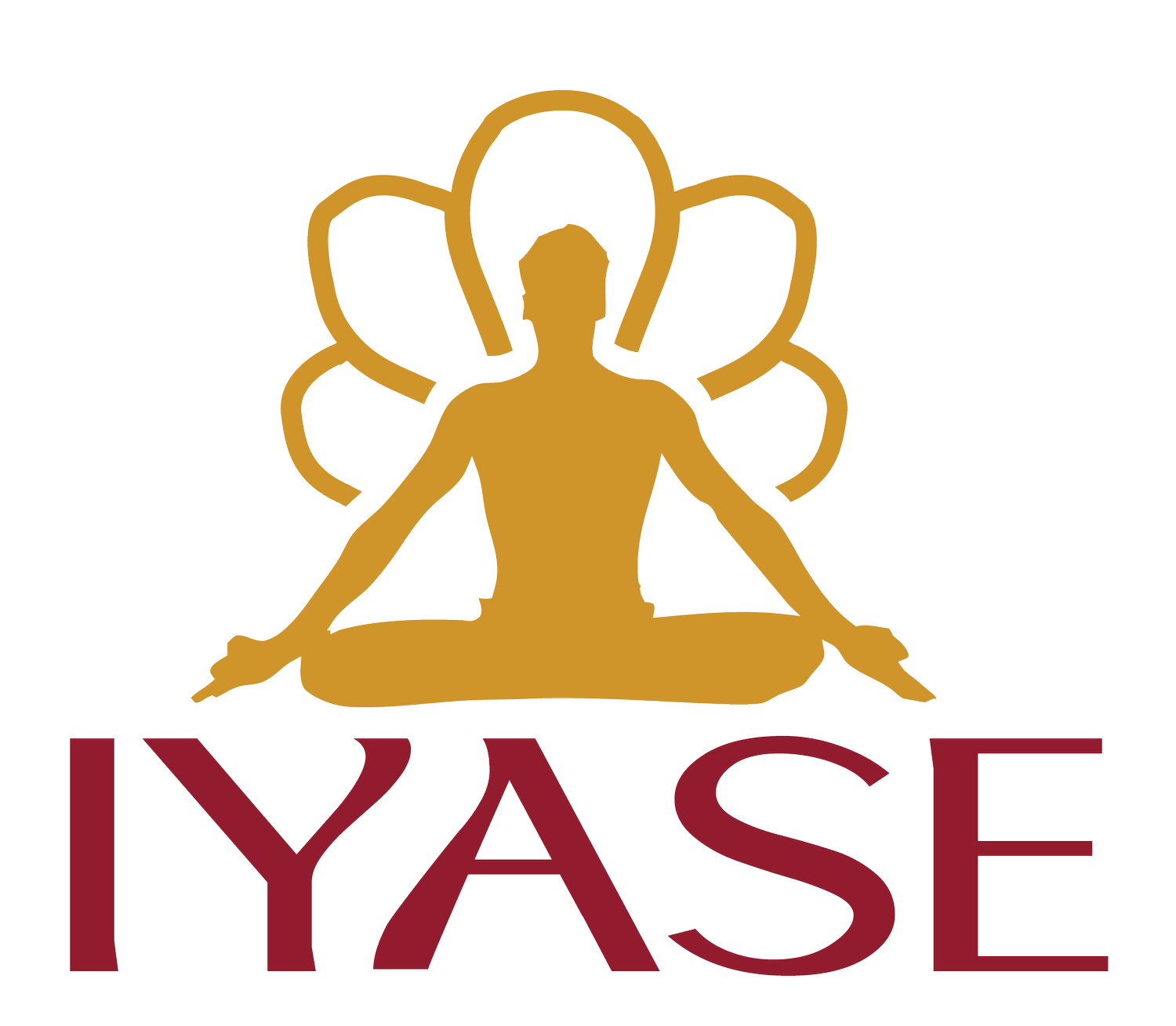Assessment Amidst Change: adapting to Zoom and the new guidelines by Ella Ran
Ella Ran is a Level 1 CIYT and owner of The Yoga Shed in Deland, FL. You can also find Ella on Instagram @theyogashed_delandfl
Being one of the few who have assessed on Zoom and under the new guidelines, I would like to offer some reflections on my experience. Though I did not find the Zoom format anxiety-inducing, I know many do, and I hope to provide some reassurance that you can make Zoom work for you. As far as the new guidelines, I feel overall that they brought about a desired change: connection within our community and with our assessors, even via Zoom.
Zoom Teaching & Online Assessment
If you’re preparing for Zoom assessment, find opportunities to teach online, whether it’s teaching your fellow CIYT hopefuls or even record yourself teaching sequences and then watch and debrief them.
Here are some considerations unique to Zoom classes & assessment:
- Viewing angle of your demonstration (what are you trying to show them, and are you doing so effectively? Consider adding this point to your study notebook.
- Placement of your students vis-à-vis the camera (you can’t move around the room as you would normally do! What angle do you need to view them from?)
- Take classes online with your mentor and other experienced CIYTs! This will be immensely helpful as you prepare for assessment.
- Technical aspects (How well can they hear you from your mat, and do you need to culture/adjust your voice when you’re in front of the computer versus 10 feet away while demonstrating?)
You can create a connection with your students via Zoom, by seeing them, helping them based on what you see and show your enthusiasm and love of teaching. As a Level 1 CIYT you’re expected to understand and teach the basic, gross alignment of the asana and not the subtleties of further assessment levels. While you may not be able to observe the subtleties of their practice, the gross observations are possible to see via Zoom. Just keep in mind the points above, and you can make Zoom work for you.
The New Process & Guidelines from RIMYI
There has been so much change over the past couple of years, but we are fortunate in that our personal practice can help us to be flexible and adapt. I also encourage you to work with your mentor to navigate the new guidelines as well as explore the entire syllabus and discover your areas of strength and weakness. Also, don’t forget to read all of the guideline manuals from RIMYI & IYNAUS, plus attend any informational sessions that are offered!
A significant addition to the assessment weekend under the new guidelines is the group practice with the assessors. Even via Zoom, this practice time and the discussion that followed allowed us to connect. In my experience, this allowed the assessors to learn what kind of practitioners we were. It also made the assessors feel more approachable and the whole process less stressful. I felt this connection within the group and sense of open communication went a long way towards reducing the stress of the process.
Having built this relationship turned out to be crucial for me personally. During my assessment, I injured myself in the demonstrated practice performing urdhva dhanurasana, trying to do my “best” pose in what turned out to be the first of multiple repetitions. It can be stressful not knowing which pose is coming, how long you will need to hold it, or how many repetitions you will be doing. In the entire assessment process, and especially the demonstrated practice, I would caution you to heed the advice I received in my detailed evaluation feedback – “we encourage svadhyaya to temper the passion and enthusiasm of the mind with the needs of the body.” For me, my injury could have ended my assessment weekend early. I wasn’t sure how I was going to be able to demonstrate and teach the backbends I’d been assigned for the following day. I was honest with my assessors about what had happened, and I am grateful to my assessors, who displayed a lot of compassion and flexibility with me that second day which enabled me to teach my poses and finish my assessment weekend.
Remember above all when you go to your assessment that your mentor and all of the assessors are rooting for your success. They want to see what kind of teacher and practitioner you are, so show them. They want to see how your unique experiences and abilities will help Iyengar Yoga to evolve as “the best service [we] can do for humanity.” (BKS Iyengar)
